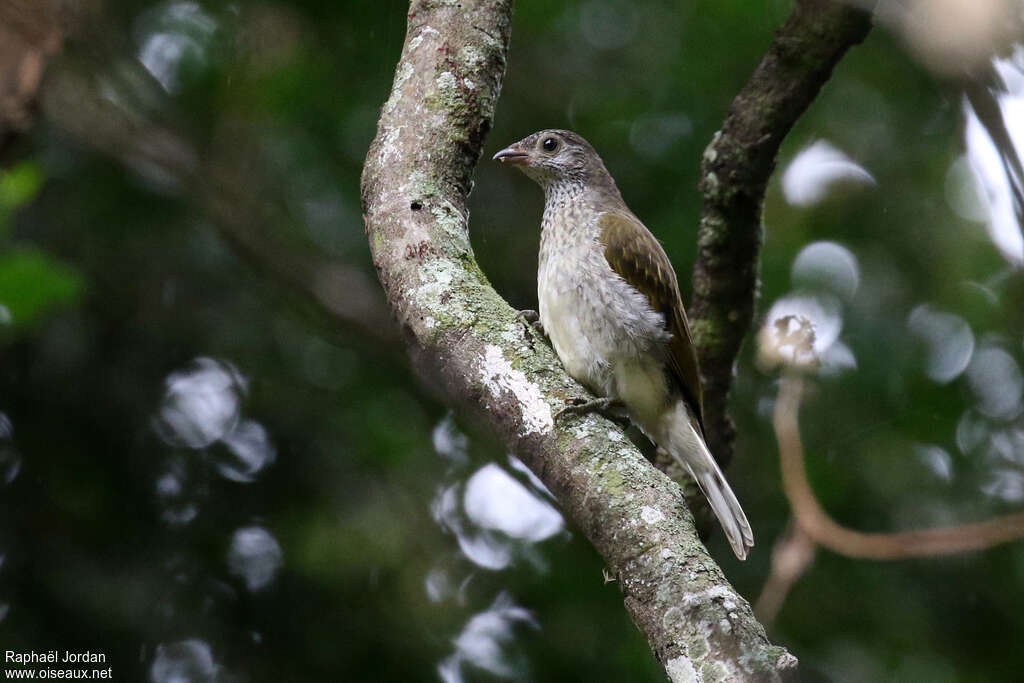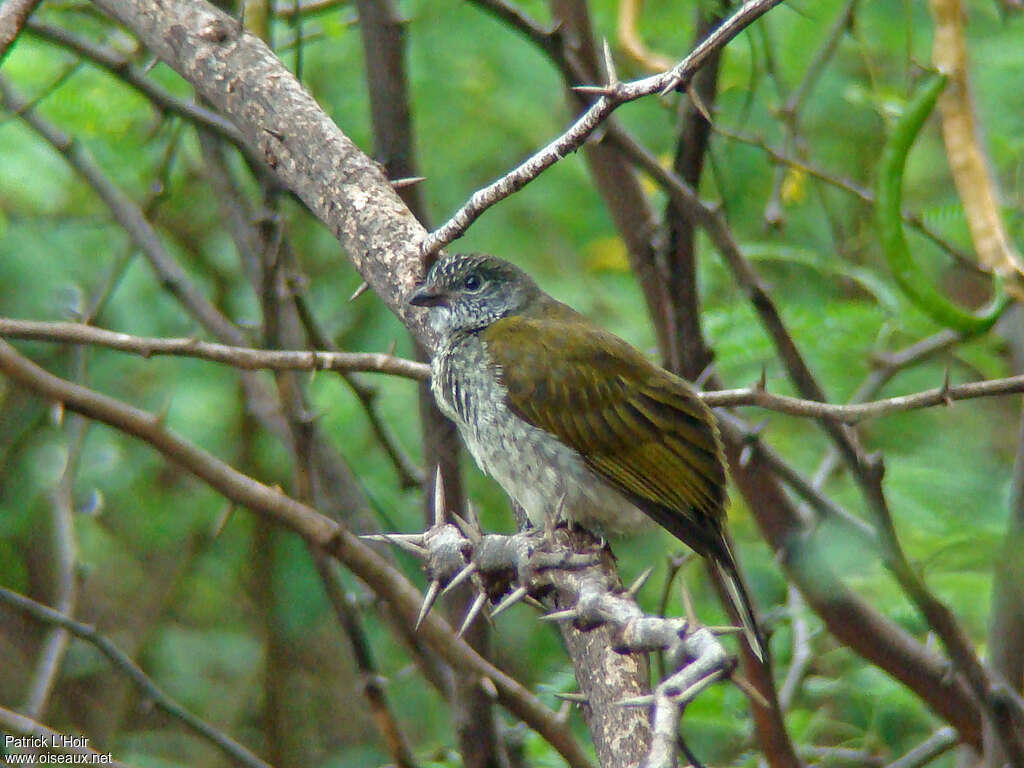The Scaly-throated Honeyguide (indicator Variegatus Jubaensis)
Share
The Scaly-throated Honeyguide, scientifically known as Indicator variegatus jubaensis, is a fascinating bird species belonging to the family Indicatoridae within the order Piciformes. This subspecies is primarily found in the southern regions of Somaliland and extends to the Usambara region in Tanganyika Territory. Known for its unique physical characteristics and intriguing behaviors, the Scaly-throated Honeyguide plays a significant role in its ecosystem.

Taxonomy
The Scaly-throated Honeyguide is classified as follows:
- Order: Piciformes
- Family: Indicatoridae
- Suborder: Galbulae
- Species: Indicator variegatus
- Subspecies: Indicator variegatus jubaensis
- Type: Indicator variegatus jubaensis Neumann, Bull. Brit. Orn. CI., 21, 1908, p. 97. (Jonte, near Kismayu, Italian Somaliland)
This classification highlights the bird's unique position within the avian world, particularly in the context of its ecological niche.
Physical Characteristics
The Scaly-throated Honeyguide is notable for its distinctive plumage. The feathers exhibit a scaly pattern, which provides excellent camouflage among the foliage of its habitat. The coloration typically includes shades of brown, yellow, and black, allowing it to blend seamlessly into its surroundings.

Adult birds generally measure around 20-25 cm in length. Their beaks are strong and pointed, adapted for feeding on beeswax and other insects, which are a primary component of their diet.
Habitat
The Scaly-throated Honeyguide inhabits a variety of environments, including woodlands, savannas, and scrublands. It prefers areas with abundant flowering plants, which attract insects and provide food sources. The range of this subspecies extends from southern Somaliland to the Usambara region, where it can be found in both lowland and montane forests.

Diet
As a honeyguide, this bird has a specialized diet that primarily consists of beeswax, honey, and various insects. The Scaly-throated Honeyguide is known for its unique behavior of leading larger mammals, such as honey badgers, to beehives. Once the mammals break open the hives, the honeyguide feeds on the leftover wax and larvae, showcasing a fascinating example of mutualism in nature.

Behavior
The Scaly-throated Honeyguide is a social bird, often found in small groups. It communicates through a series of whistles and calls, which are essential for maintaining group cohesion. During the breeding season, males engage in elaborate displays to attract females, showcasing their vibrant plumage and vocal abilities.
These birds are also known for their remarkable adaptability, often foraging in various habitats and adjusting their diet based on food availability. Their ability to locate beehives is particularly impressive, as they can recognize the sounds of bees and follow the scent of honey.

Reproduction
The breeding season for the Scaly-throated Honeyguide typically occurs during the rainy months when food is abundant. Nests are usually built in tree cavities or abandoned woodpecker holes. The female lays a clutch of 2-4 eggs, which both parents help incubate. After hatching, the chicks are fed a diet rich in protein, primarily consisting of insects and larvae.
Conservation Status
Currently, the Scaly-throated Honeyguide is not considered endangered, but habitat loss due to deforestation and agricultural expansion poses a threat to its population. Conservation efforts aimed at preserving its natural habitat are crucial for ensuring the survival of this unique bird.
Birdwatching Tips
For birdwatchers interested in observing the Scaly-throated Honeyguide, the best locations are the woodlands and savannas of southern Somaliland and the Usambara region. Early morning or late afternoon are ideal times for spotting these birds, as they are most active during these hours. Listening for their distinctive calls can also aid in locating them.
In summary, the Scaly-throated Honeyguide is a remarkable bird that exemplifies the intricate relationships within ecosystems. Its unique feeding habits, social behaviors, and striking appearance make it a fascinating subject for both ornithologists and birdwatching enthusiasts alike. Observing this bird in its natural habitat offers a glimpse into the complex interactions that sustain wildlife in the regions it inhabits.